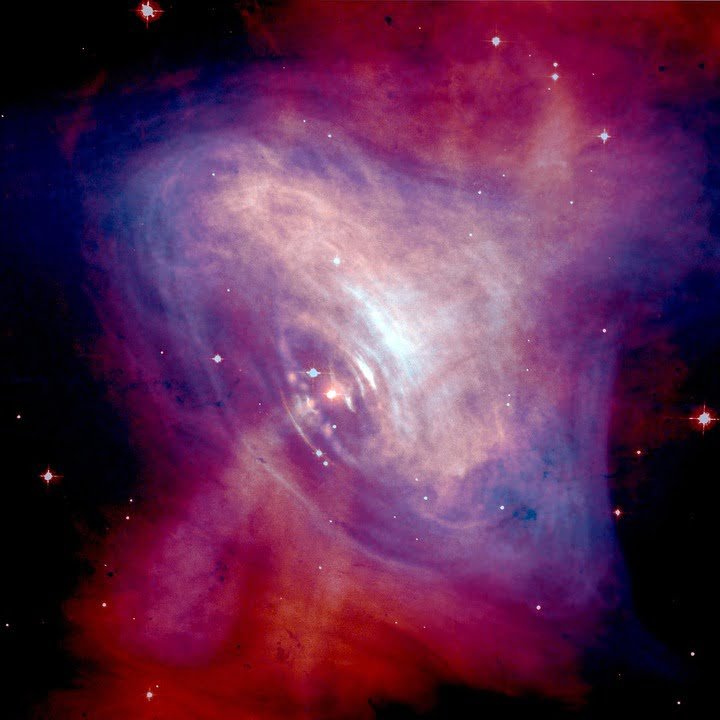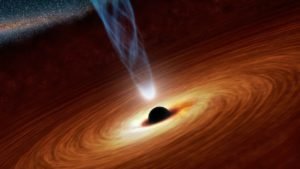
A super nova is the final gigantic explosion of a super-giant star at the ends of its life nova means bright star in the sky and super nova means so much brightness. A super nova last for just a week or so but shines as brightly as a galaxy of hundred billion ordinary stars.
Supernovae occur when a super-giant star uses up its hydrogen and helium fuel and shrinks. This boosts pressure in its cores enough to fuse heavy elements such as iron. When heavy elements become to fuse in its core a star collapses instantly and then rebounds in a mighty explosion. supernova remnants are the gigantic cloudy shells of material swelling out from supernova.
A dramatic supernova was seen by Chinese astronomer in the 1054 year creating the crab nebula elements heavier than iron like gold are made in a supernova. the last supernova seen in a milky way was more than four hundred years ago. Supernovae are really masses stars at least 8 times bigger than our sun and die in an explosion.
For a few days, super novae’s shines so strongly that here on earth we can them during the day supernovae are a very rare sight only a very few supernovae have been seen in our milky way galaxy in the last 1000 years. One visible supernova to the naked eye was seen in 1987 in a nearby galaxy called the large Magallanes cloud.
The remnant of a supernova is a tiny dense neutral star known as pulsar that flashes out in the radio signals as it spins about 30 times in a second the incredible spin of the pulsar is thought to be caused by magnetic forces left by a supernova.
Supernova explosion blows away all the away parts of the stars all that is left is a tiny hot star in the middle of a shell of hot glowing gas. Cassiopeia A is one of the best-studied supernova remnants. After a super nova explosion, the largest stars may end up as black holes. A large star explodes as a supernova but smaller one just shrinks becoming tiny white dwarf stars

Star Death
On average, in a supernova galaxy, once every 50 years, the size of the Milky Way will be. Put another way, a star explodes every other or somewhere in the universe, and some of them are not far from the Earth. About 10 million years ago, a group of Supernova created “Local Bubble”, which was 300-light-years long, in the interstellar medium, a peanut-shaped bubble of gas that surrounds the solar system.
In fact, how a star dies, it depends on its mass. Our Sun, for example, does not have enough mass to explode in the form of a supernova (although news for Earth is still not good, because once the sun exits its nuclear fuel, then maybe a two billion Over the years, it will be hilarious in a red giant, which will probably steam our world, gradually before cooling down into a white dwarf) But with the right amount of mass, a star can burn in a vivid explosion.



